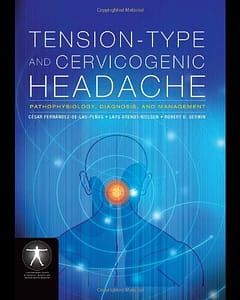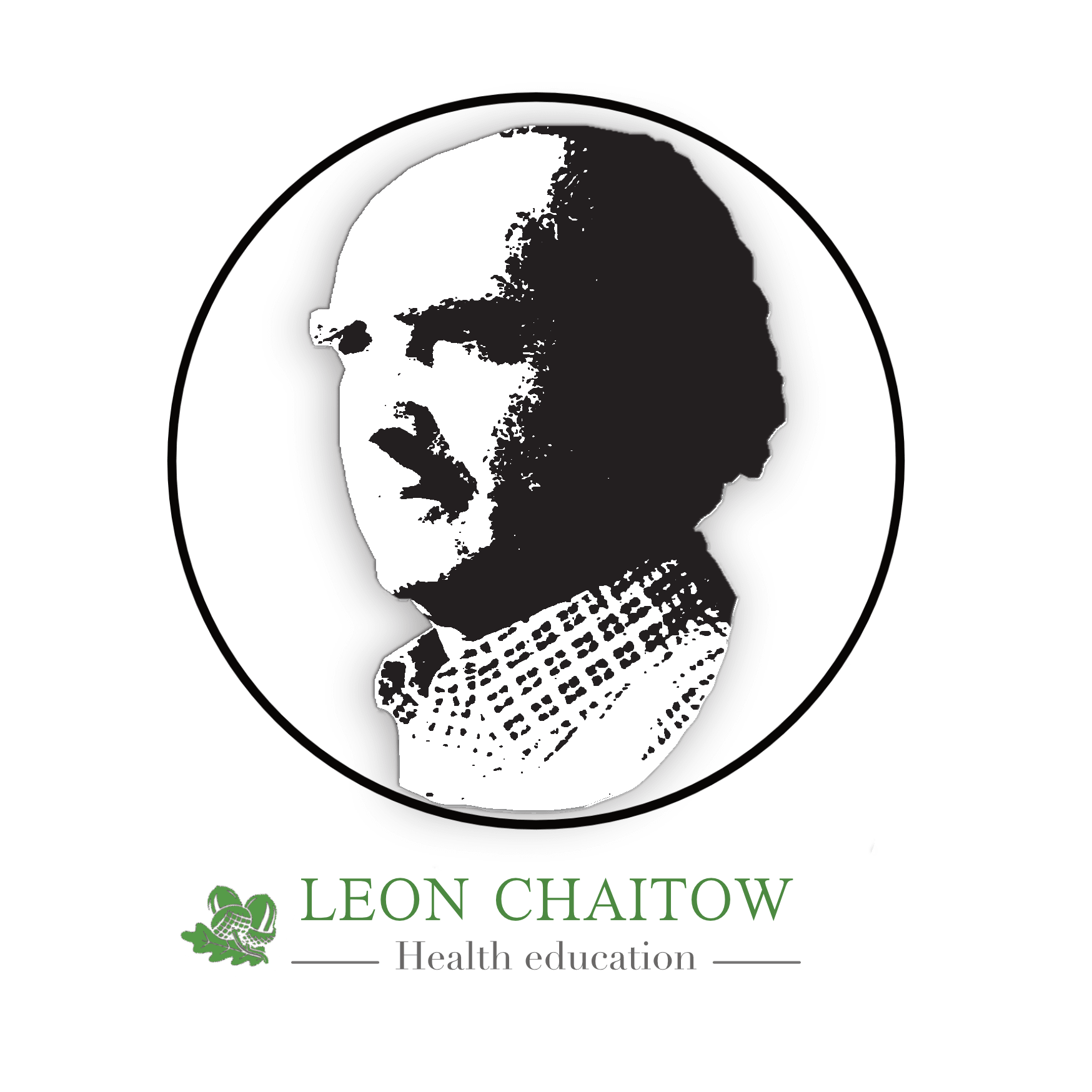 Tension-type and Cervicogenic Headache: Pathophysiology, Diagnosis, and Management by César Fernández-de-las-Peñas, Lars Arendt-Nielsen and Robert D. Gerwin
Tension-type and Cervicogenic Headache: Pathophysiology, Diagnosis, and Management by César Fernández-de-las-Peñas, Lars Arendt-Nielsen and Robert D. Gerwin
Foreword by Leon Chaitow
Since all clinicians are confronted with demands for clinical choices to be evidence-based, or evidence-informed, there is a need for clarification as to just what this means. Sackett (2000) observed that “Evidence-based practice is the integration of best research evidence, clinical expertise, and patient values”, and that is precisely what this book suggests, and what it has achieved in describing.
Understanding and managing headache symptoms requires sound clinical reasoning, so that evidence-informed therapeutic strategies can be formulated, that are both safe and effective. To achieve this requires an understanding of a number of key pieces of information, most notably background data regarding epidemiology, as well as the pathophysiology of both tension and cervicogenic headache variants.
Fortunately a great deal is now known about the causes of, and means of differentially distinguishing between cervicogenic and tension type headaches, as well as the potential overlap between these and other headache forms, such as cluster and migraine. This information is clearly set out and discussed in this text, along with red flag characteristics.
In order to offer safe patient care it is necessary for clinicians to understand and evaluate current evidence, relative to a range of possible influences on different headache types – including postural, structural, muscular, myofascial and neurological features, in the context of basic regional and general anatomy and physiology, as well as what is now understood regarding pain mechanisms associated with spinal, muscular, fascial, trigemino-cervical, dural and orofacial structures.
Building on such essential background evidence, diagnostic protocols may then be used, involving a range of validated physical and other assessment approaches. Results that emerge from appropriate assessment are designed to offer information regarding the nature of underlying pathophysiology and dysfunction, so pointing towards potentially beneficial intervention choices, based on sound clinical reasoning. Obvious as these thoughts may be, repetition of best practice guidelines should remind us that regrettably they are not always followed.
Are your patient’s headache symptoms being referred from myofascial (trigger point) sources – and if so which particular muscles, tendons, ligaments and/or fascial structures are potentially involved?
Or is the headache perhaps deriving from a cervical, or a thoracic, joint dysfunction? And might aspects of motor control be impaired, as a feature of your patient’s cervicogenic headache?
Or might orofacial structures be involved in the etiology of the headache, and/or is there the possibility of neural (or dural) involvement?
Or could a number of these (or other) etiological features be active simultaneously?
And, whichever of these possibilities might be operating in relation to the headache symptoms, are they being influenced by underlying maintaining factors, such as forward head posture, or other biomechanical, structural or functional (e.g. overuse, poor ergonomics) traits?
In any given region of pain, or dysfunction, manual therapists need to have appropriate palpation and assessment skills in order to differentially evaluate potentially causative features, and to then be able to use sound clinical reasoning to formulate treatment strategies.
Decisions as to evidence-informed treatment approaches, in any given case, should ideally consider assessment outcomes, set alongside clinical experience, together with individual features including the individual’s age, history, physical condition, associated pathology or dysfunction and, importantly, the patient’s personal preferences.
Clearly the clinician’s training and skill base also refines and defines clinical choices, since in any given circumstance there are likely to be therapeutic options – for example as to whether soft tissue treatment, mobilisation or high-velocity manipulation could/should be employed, individually or in combination, and/or whether one or other variant on needling might best be utilised?
Fortunately there exist a wide range of manual therapy, exercise and needling strategies, variations and modalities, that can potentially assist in either moderating or removing headache symptoms, while also beneficially influencing whatever contributing or maintaining features may have been identified?
This book offers clear guidance towards understanding all these options and objectives, offering as it does guidelines for physical examination and identification of underlying patho-physiological and functional causative and maintaining features, together with manual as well as more invasive (i.e needling, injection) treatment options.
Research evidence into the neurophysiological effects of a number of physical medicine soft tissue (muscle energy and myofascial release techniques), neural (neurodynamic techniques), manipulation (HVLA) as well as needling interventions, are also described, as is pharmacological management.
This text is the first to provide such a comprehensive compilation of the best evidence – both empirical and clinical – regarding physical therapy care of patients with tension and cervicogenic headache, and as such deserves to be read, studied and widely used as a valuable clinical resource
Leon Chaitow ND DO
References
Sackett DL, Strauss SE, Richardson WS, et al 2000 How to practice & teach evidence-based medicine. Elsevier Science, New York
